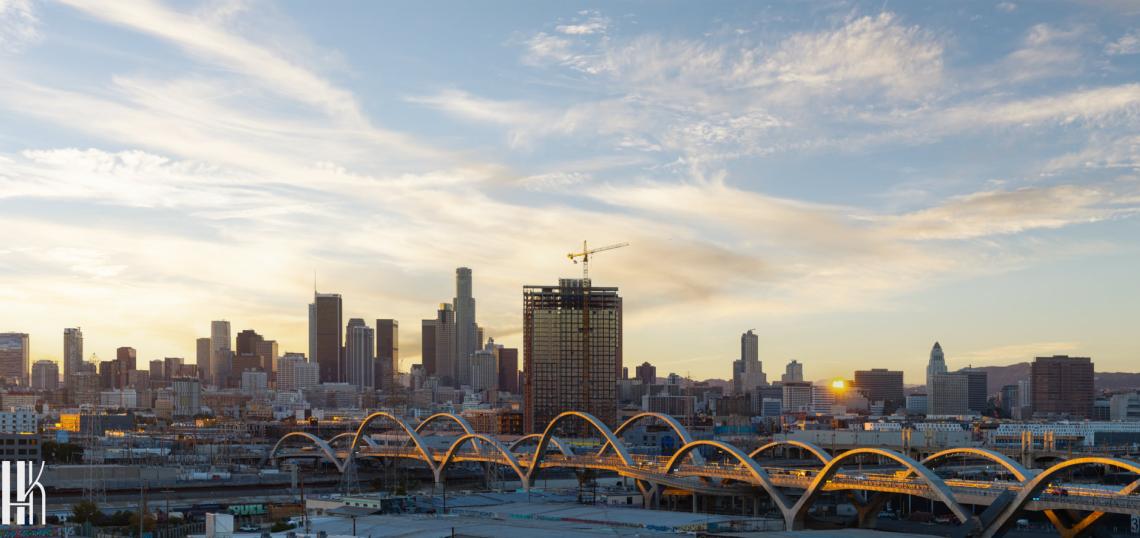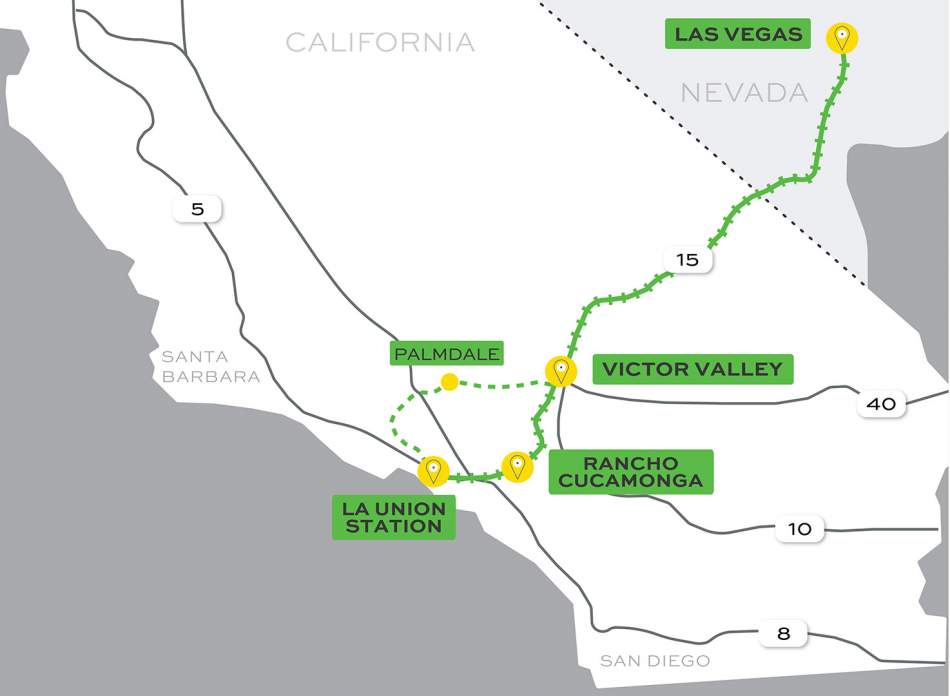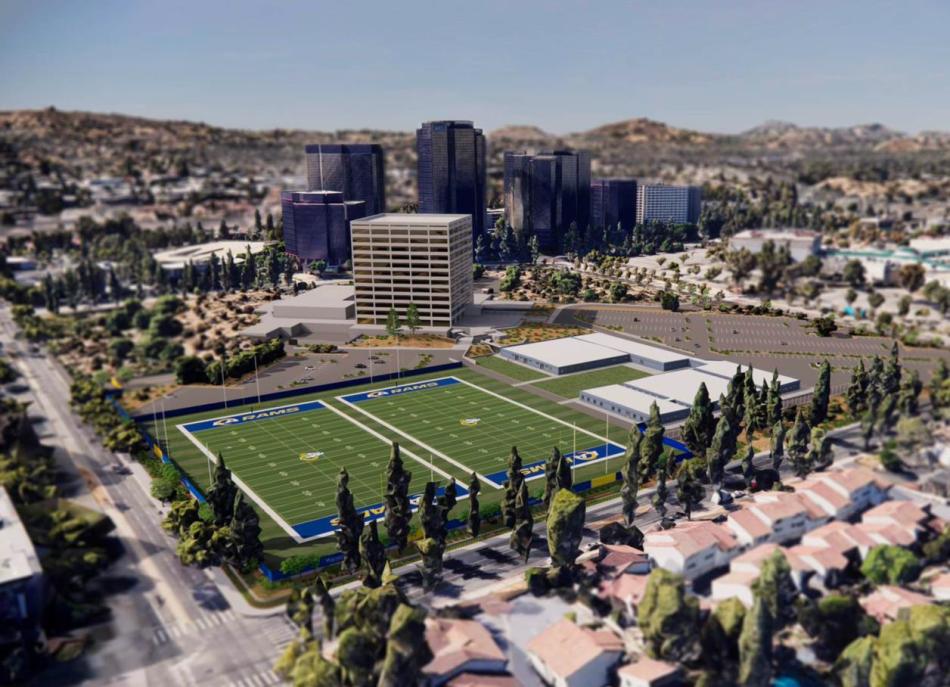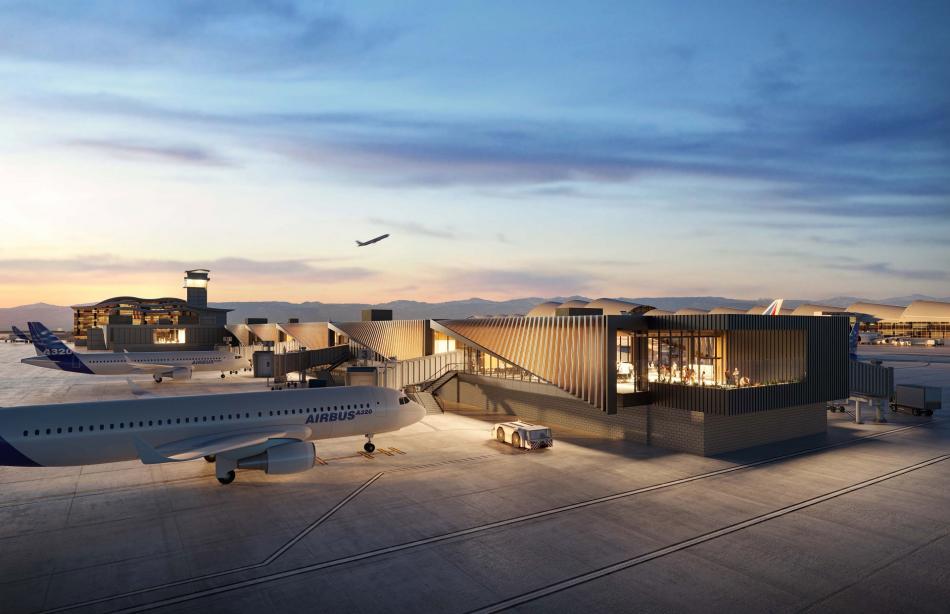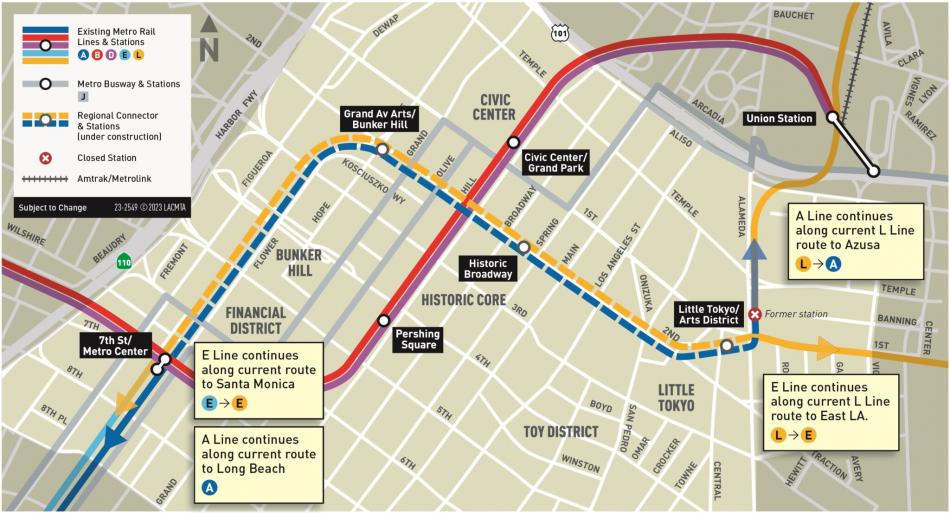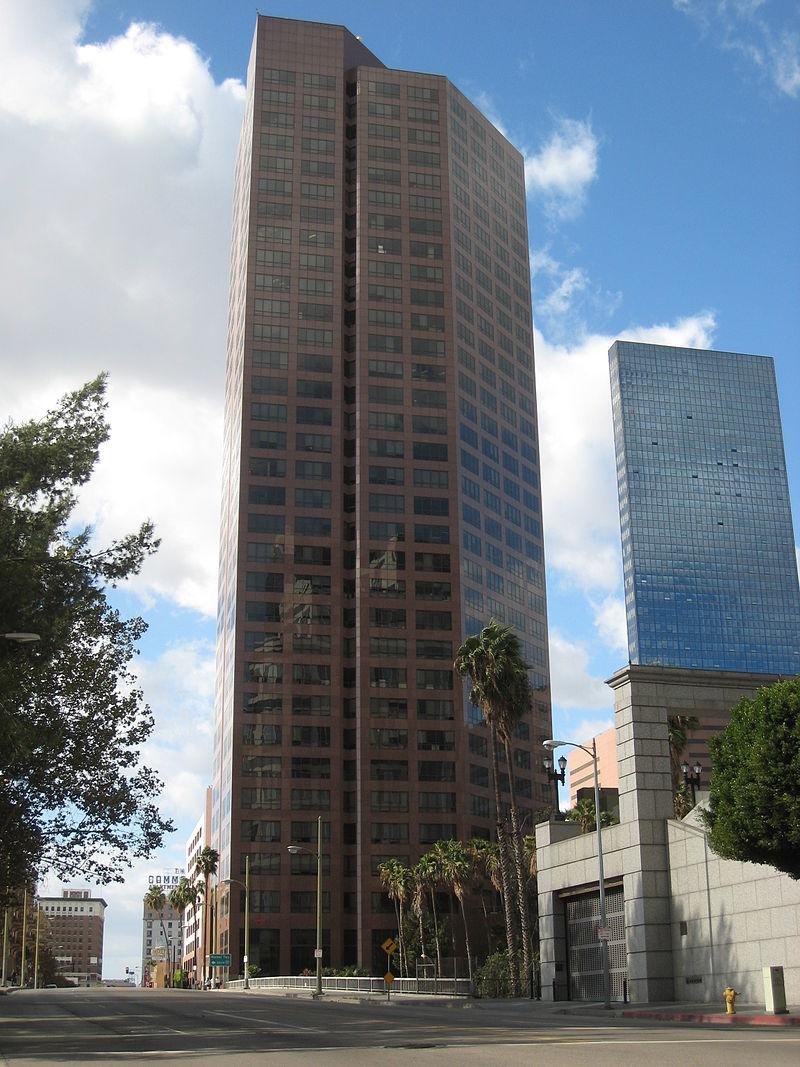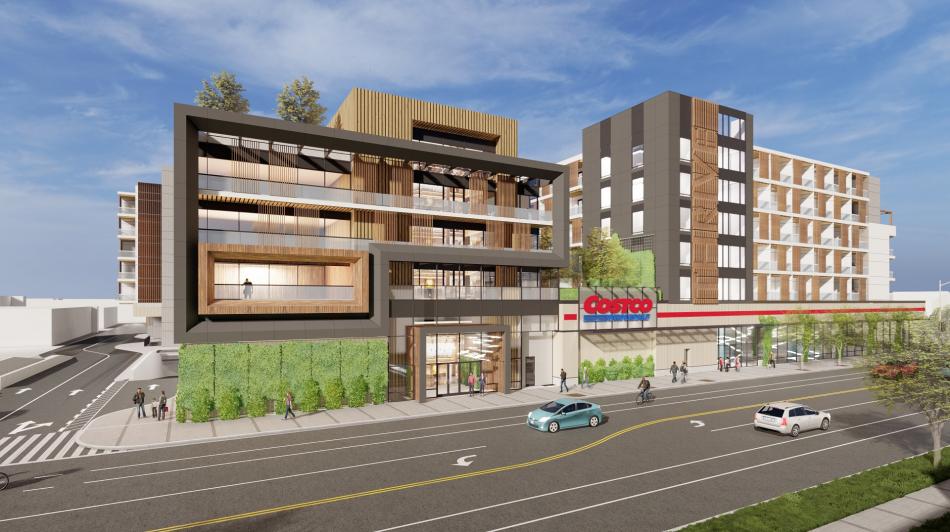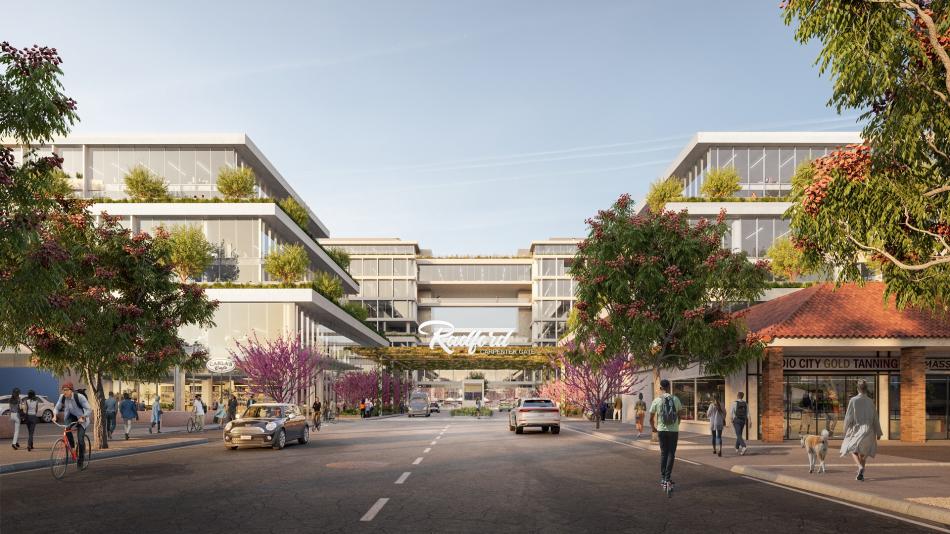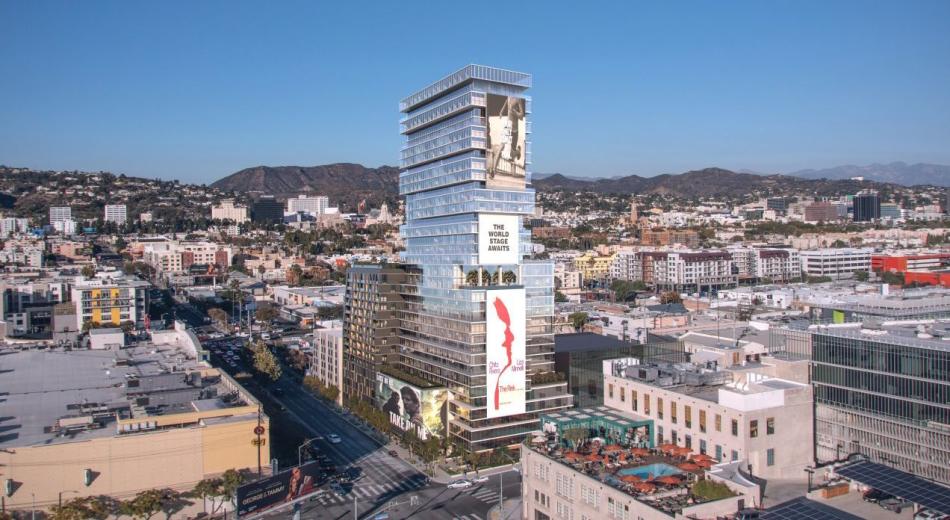When I took a look back at 2022, the mood of the Urbanize audience seemed to be "frustration." Doing the same for 2023, I'd submit that the situation has improved to "cautious optimism," tempered by memories of the unprecedented events of the past few years.
Some of our biggest stories of 2023 are sequels to the biggest stories of 2022. Last year, planning and early phases of construction continued for California's nascent high-speed rail system, which could one day (fingers crossed) move travelers from Southern California to destinations hundreds of miles to the north. Likewise, the backers of the Brightline West project which would create another high-speed rail line connecting to Las Vegas were also engaged in behind the scenes work with the hope of one day linking to the Los Angeles area.
For once in recent memory, the stars have seemed to align for a transportation mega project. In early December, the Biden administration awarded a combined $6.1 billion to the California High-Speed Rail Authority and Brightline West to implement that vision. That is a nice shot in the arm for the state project, and covers a large fraction of the overall project cost for the Vegas corridor. Soon, you might not need to take a trip to Asia or Europe to travel by rail at 200 miles per hours.
Last year also brought news that Los Angeles Rams owner Stan Kroenke was investing heavily in Warner Center, with many speculating that his intent was to build a practice and headquarters facility for the team, accompanied by a large mixed-use development. Approximately $650 million and 100 acres of land later, it's now official: the Rams are heading to the West Valley, and Kroenke will use the team's future home as the center piece of a large development feature residential, commercial, and retail uses. The practice facility, already under construction, should be open for the next NFL season. The development? Well, we'll have to wait and see.
The year that was also big for our region's airports.
In July, LAX commenced work on the $400-million Midfield Satellite Concourse South - an expansion of the recently-completed West Gates at Tom Bradley International Terminal. The roughly 150,000-square-foot expansion will add new passenger gates. And while it may be a bit of a hike on foot from security at TBIT, the courtesy shuttle from Terminal 1 is quite handy if you are trying to grab a cab or an Uber.
Speaking of ground transportation, it was a big year of progress on the airport's new automated people mover, the 2.25-mile monorail-like system which will eventually connect with the new LAX consolidated rental car facility, two new transportation hubs for shuttle buses and ride share services, and the $900-million Metro rail station now taking shape at 96th Street and Aviation Boulevard. All of these projects are slated to begin serving passengers starting next year.
More things remain in the pipeline: LAX is aiming to build a Terminal 9 and a Concourse 0 in advance of the 2028 Olympics. Even Hollywood Burbank Airport is getting in on the action, adopting plans this year for a retro replacement terminal slated to debut in 2026. And that airport's existing rail links (including two Metrolink lines) could be augmented by a high-speed rail station in the distant future.
In Downtown Los Angeles, the seemingly never-ending expansion of the Metro Rail continued with the completion of a milestone project: the 1.9-mile Regional Connector subway made its debut in June. In addition to adding two new stops serving Bunker Hill and the Historic Core, as well as an underground replacement for Little Tokyo/Arts District Station, the new rail corridor linked together three separate light rail lines, creating a dedicated east-west service from East L.A. to Santa Monica and a north-south service from Azusa to Long Beach (via Pasadena). The project has also opened up new opportunities for development above stations, with an unsolicited proposal targeting a long-vacant property next to the Grand Av Arts/Bunker Hill Station for residential towers.
Early 2023 also brought a first glimpse of what the long-proposed Arts District Metro station could look like. The proposed at-grade stop would be located at the tail end of the Division 20 rail yard, just south of the Sixth Street Viaduct, and connect to surrounding streets via a pedestrian tunnel.
The past year has also brought another milestone for the $500-million gondola system planned to connect Dodger Stadium with Union Station: publication of a final environmental impact report. The project, which has financial backing from former Dodgers owner and current Dodger Stadium parking lot owner Frank McCourt, could commence work as early as 2024. However, vocal and legal opposition to the project remains among Chinatown residents and the California Endowment. Even after approval, more hurdles may remain.
This year saw numerous plans take shape for large, public open spaces - the type that Los Angeles has far too few of. A vision plan for the 2,000-acre Sepulveda Basin imagines some $4.8 billion in improvements to the transform the flood control basin into the Valley's Central Park over a period of 25 years. Meanwhile, the City of Los Angeles has adopted final clearances for the Silver Lake Reservoir Master Plan, which could create 116 acres of park space around the decommissioned Silver Lake and Ivanhoe Reservoir complex.
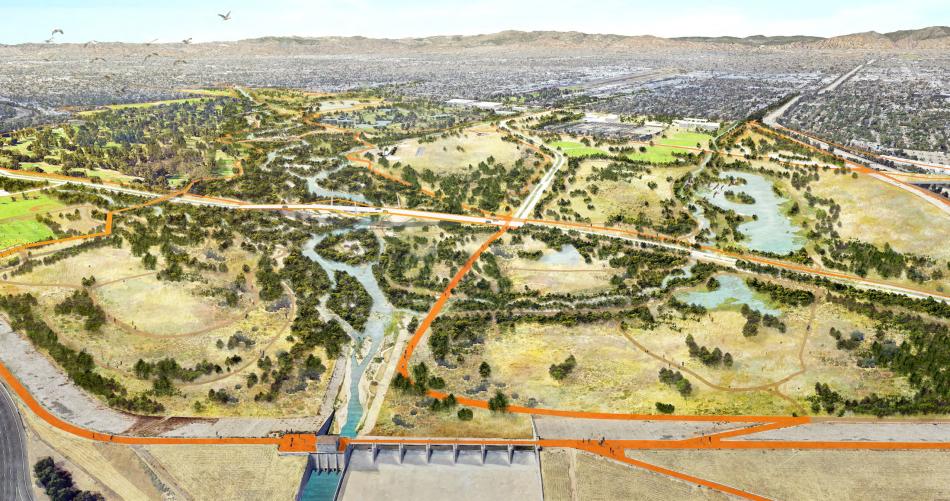 Rendering of the Sepulveda Basin with Vision Plan improvements such as a new bridge over Burbank Boulevard and habitat zonesCity of Los Angeles / Olin
Rendering of the Sepulveda Basin with Vision Plan improvements such as a new bridge over Burbank Boulevard and habitat zonesCity of Los Angeles / Olin
While we have seen several plans for freeway cap parks in Glendale, Downtown Los Angeles, Hollywood, and Santa Monica, local activists have recently pushed a first-of-its kind proposal in Los Angeles: converting a freeway into a park. The proposal to convert the 90 Freeway into "Marina Central Park" initially enjoyed the support of several local elected officials, including Mayor Karen Bass. However, after backlash, Bass has since walked back her support and come out in opposition to the concept.
After a long pandemic pause, the City of Los Angeles has also gotten its community plan updates back on track. Three were adopted this year, establishing new land use regulations for Hollywood, Downtown, and Boyle Heights. Likewise, an update to the Cornfield-Arroyo Seco Specific Plan - which covers much of Chinatown and Lincoln Heights - is also on the verge of approval.
These community plan updates are moving through the process as the City of Los Angeles faces new pressure to adopt new zoning rules to accommodate up to 255,000 new homes. Mayor Bass has responded with executive directives which aim to speed up the permitting and approval times for individual development projects: first affordable housing, and now at all income levels. Likewise, the Planning Department has unveiled several "strategies" aiming to break down barriers to housing construction, including a citywide adaptive reuse ordinance, which would help to address both the ongoing shortage of housing and the growing glut of vacant office space in the wake of the pandemic. Downtown, where adaptive reuse got its start in L.A., has seen countless projects of this type, including a recent proposal from Jamison Services which would transform a 33-story tower at 1055 W. 7th Street which once served as the headquarters of ARCO into 691 apartments.
Coverage of new development projects is always our bread and butter, and several stood out in 2023.
Our biggest story of the year, at least in terms of page views, was the announcement that Costco would be setting up shop just east of La Brea Avenue in Baldwin Hills. And if that wasn't big enough news on its own, the new store will be on the ground level of a mixed-use apartment complex with 800 homes from Thrive Living.
While lengthy strikes by both actors and writers put a damper on the L.A. economy this year, the need for more production space appears to have remained unchanged. In February, Hackman Capital announced plans for a $1 billion makeover of the Radford Studio Center campus in Studio City which would add up to 25 new soundstages, offices, and other cities to the property. That was followed in March by Fox Corporation's announcement of a $1.5-billion redevelopment of the historic Fox Studio Lot in Century City, which would add nine soundstages, support facilities, and high-rise office buildings rising 24 and 35 stories in height. Other giants in this arena, such as Warner Bros., marked the completion of the Frank Gehry-designed Second Century Project - an 800,000-square-foot office complex in Burbank - and the start of work on a $500-million redevelopment of the historic Ranch Lot. Meanwhile, work continues on NBCUniversal's 400,000-square-foot back lot office campus in Universal City.
While most in the office sector are still trying to figure out what the future holds, there are a couple of local projects which have notably bucked the national trend. These include JMB Realty Corp., which has already secured anchor tenants CAA and Clearlake Capital for Century City Center, a 37-story office tower now rising next to the under-construction Century City subway station. Meanwhile, tech giant Apple is poised to build a 530,000-square-foot office complex across the street from Culver City Station on Venice Boulevard.
This year also brought the completion of a new landmark at La Cienega and Jefferson - the Eric Owen Moss-designed Wrapper tower. The 16-story, approximately 180,000-square-foot building has spurred no shortage of hot takes, but nonetheless remains a very visible landmark on the border between West Adams, Baldwin Hills, and Culver City. And it may be a sign of things to come - Eric Owen Moss and developer Samitaur have more towers in the works for sites nearby.
New towers are also popping up in cities besides Los Angeles.
In West Hollywood, a 34-story building at 1000 N. La Brea Street could take the crown of the city's tallest building in a matter of years - displacing the Sierra Towers complex after a half-century. The CIM Group project would rise on the site of the notorious Cemex plant at La Brea and Romaine Street.
In Glendale, Onni Group is cooking up plains for twin 36-story buildings which would also rank as that city's tallest structures. Originally planned as an 852-key hotel, the project is now moving forward with 858 apartments (including 129 priced below market rate).
Never mind Beverly Hills, where a rush of Builder's Remedy projects could dramatically remake the city's low-rise skyline with potential additions of a 19-story building on Linden Avenue, a 12-story building at 346 N. Maple Drive, a 17-story tower on Rodeo Drive, and a 14-story building slated for Hamilton Drive. Of course, it remains to see if any of these ever make it beyond the proposal stage.
Los Angeles County's second largest city, Long Beach, has also had an interesting year for new landmarks. A new Hard Rock Hotel is set to break ground next year on a long-empty site on Ocean Boulevard, which would rank as the city's second tallest building at completion. Additionally, city officials have announced plans for an eye-catching rebuild of Shoemaker Bridge (in concert with an expansion of Downtown-adjacent Cesar Chavez Park), while the Port of Long Beach has moved forward with a $4.7-billion plan for a facility building wind turbines up to 1,100 feet in height (the same height as the Wilshire Grand).
While they are not generally our focus, L.A. has also seen a couple of unique projects catering to the automobile this year. That includes the construction of a new Tesla diner and drive-in theater on Santa Monica Boulevard in Hollywood (not far from West Hollywood's future tallest tower) as well as a proposal which would put 12 floors of apartments above a Mercedes-Benz dealership in Encino.
What say you, comment section? Anything else you think should be included? Let us know.
Follow us on social media:
Twitter / Facebook / LinkedIn / Threads / Instagram




